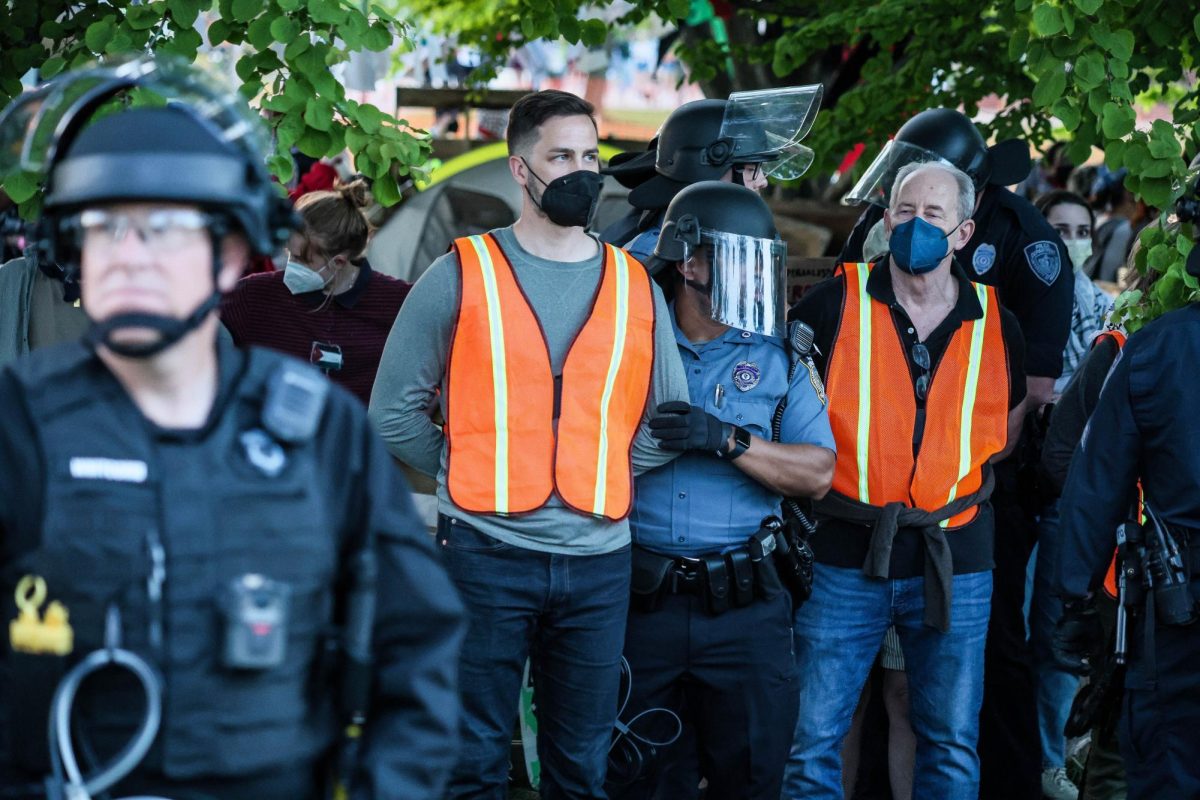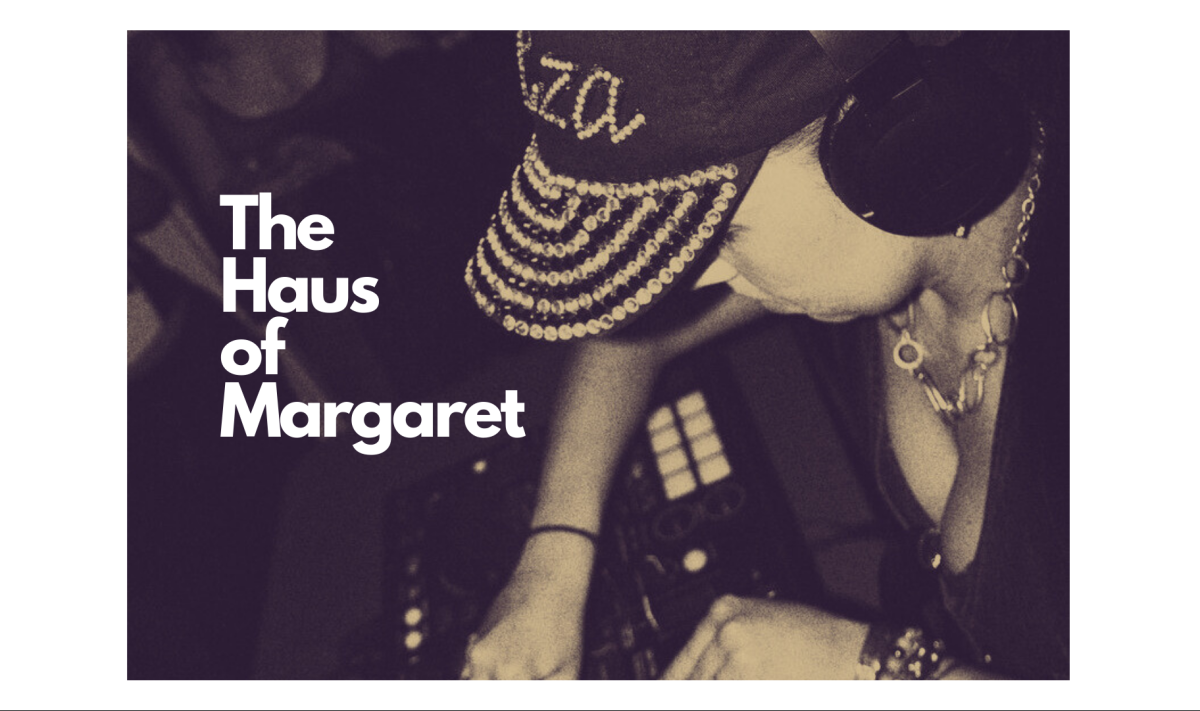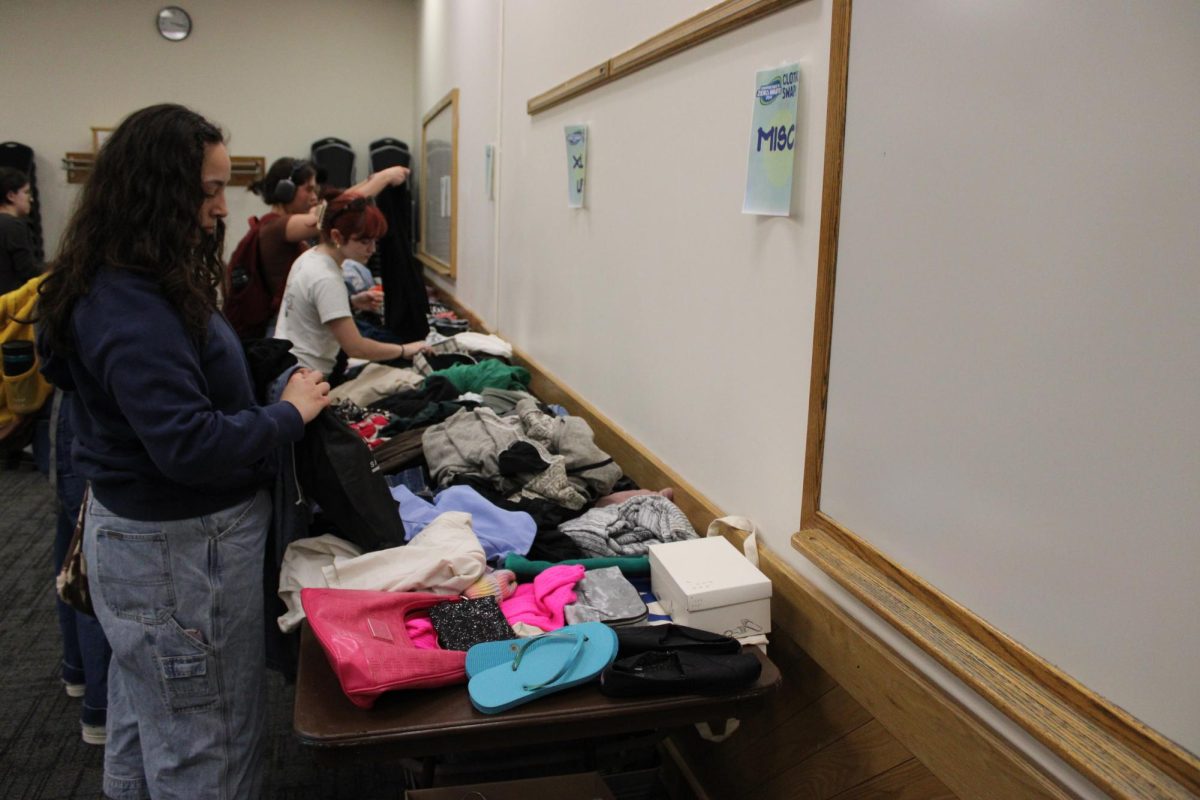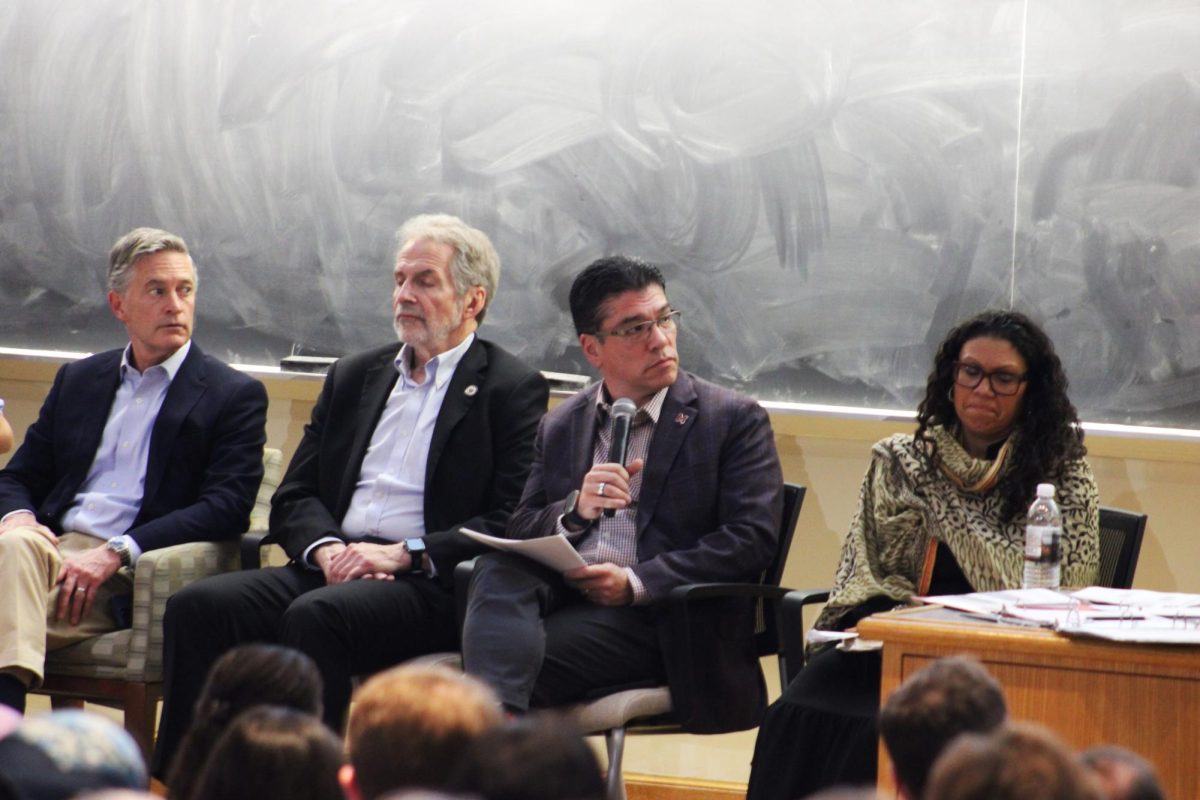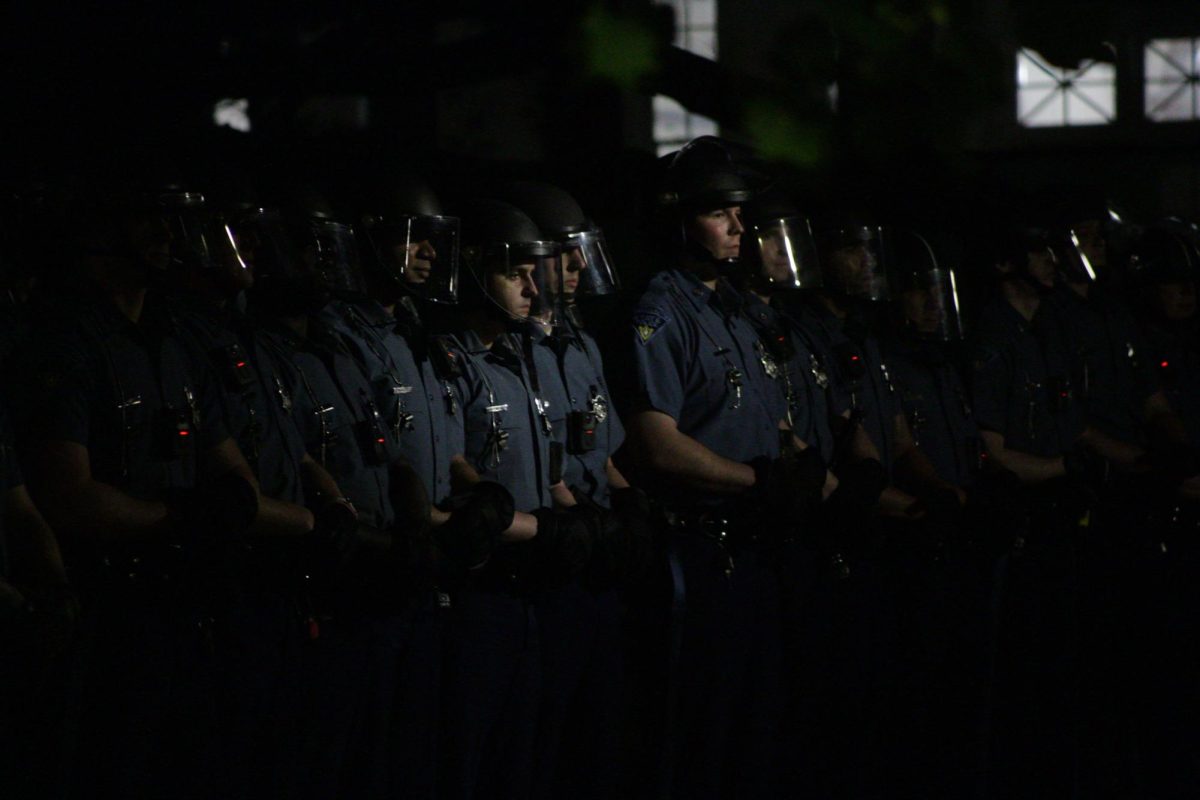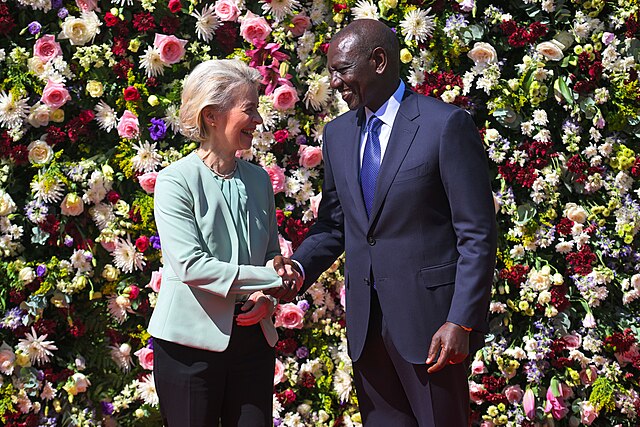We have seen firsthand the consequences of social media being misused – a common issue in recent times. Social media can be used for stalking, cyberbullying— including gender-based harassment– and circulation of inappropriate pictures, which can constitute as a crime. We have witnessed the acrimony between YouTubers SSSniperwolf and JacksFilms, when the former doxxed the latter by showing up at his house and posting unauthorized pictures of the home online. We also know that misuse of social media can result in identity theft and robbery. In some cases, online predators, including pedophiles, could access and exploit seemingly suggestive content involving young children.
However, it’s also important to note that there are many uses to social media. Why not give exposure to people’s enterprising crafts without leaking their personal details for others to see? Why not use social media to give prominence to marginalized groups and offer solutions to racism, sexism and homophobia instead of bullying and oppressing them over the internet? It is fair to be wary of social media, but we must also be aware that it does have many uses, and we can play a part in reinforcing its benefits.
An article by National Geographic describes influencers as “individuals who utilize social media platforms to build their own personal brand or influence their followers to act (including buying certain products, supporting a brand, or vacationing in a certain location),” adding that many are able to make money through their platforms. Those who monetize their influence actively contribute to an economy. The article highlights how Uber, for example, inspired other platforms that enable self-employment through transportation. Companies like Uber have opened up new employment opportunities – and more employment opportunities mean that more people can support themselves and their families. Additionally, salespeople can utilize apps such as YouTube, Facebook and Instagram to advertise their wares, from cars and household appliances to clothes and art supplies.
A post on the White House’s official blog, written by Heather Boushey and Helen Knudsen, emphasizes the benefits of competition in the market economy: “…it leads to lower prices, higher quality goods and services, greater variety and more innovation.” When multiple companies are advertising themselves freely to the public, the high number of offered goods decreases demand due to a high level of supply. Furthermore, when one has multiple options to choose from when buying something, they can make an informed decision and select the product that works best for themselves.
Vehicle manufacturers, for instance, may utilize social media to present their vehicles to the public. The range of vehicles they produce, from small hatchbacks to large SUVs and wheelchair-accessible vans, will attract many buyers because they can choose a vehicle that works best for them. If they used YouTube, for example, to advertise the vehicles they have on offer, they would be making optimal use of social media by not only presenting a diverse range of vehicles that people can use, but also bringing in money for their country’s vehicle industry and allowing the national economy to thrive. Contributing to one’s economy will help the population of a country, and involving social media in the process can set a good example for how it should be used.
Social media can also be used for community advocacy, as it can bring to attention issues that affect marginalized groups. An article by Harriet Marks, a Doctoral Teaching Assistant at the University of Plymouth in the United Kingdom, discusses how social media can be used to promote social justice. Marks points out the use of hashtags specifically, and how they can be used to raise awareness of specific issues. For example, the hashtag “#racism” has been used more than 731,000 times on TikTok, “#equality” more than 473,000 times, “#sexism” roughly 71,500 times and “#homophobia” almost 67,000 times. Using hashtags makes it easier for people to find posts about topics that they are passionate about and circulate material more easily, spreading greater awareness about societal problems.
It’s important to draw the line between using social media with genuine intentions to foster positivity and simply virtue-signaling. It is possible that one might post infographics and write essentially empty messages about social justice only to boost their public image and bring about popularity. Stephanie Pinder-Amaker and Lauren Wadsworth write in TIME Magazine: “And consider this: if fixing systemic racism was as simple as posting a black square on Instagram, or organizing a diversity training, we would have ended it a long time ago. We know that a single […] company-wide statement will not make a lasting change.” However, the writers also raise solutions of how to respond to any claims and criticisms that a corporation’s practices are not equitable enough: any responses must be well-thought out and foresighted. One suggestion as to how such issues can be addressed is by discussing the received criticism with one’s colleagues and superiors, and brainstorming over how best it can be responded to.
One way that can be done is through social media. Platforms such as WhatsApp, which allows for messages to be exchanged and conference calls to be made, can contribute to discussions about Diversity, Equity and Inclusion. They can gradually streamline problematic workplace practices, and while a single call or message would not be able to solve all the issues in a workplace, they can create the foundation for improvements to be made and for a free and fair environment to be fostered.
One problem some have with social media is that not everybody has easy access to it. One must have a certain amount of privilege to use a phone or a computer without any external factors impeding them. It takes initiative from institutions and people with more privilege to help those who are less fortunate. One way technology can be made accessible is by holding in-person classes for all students regardless of income– either free of charge or by offering scholarships. Phones and computers can be provided by the school, and everybody can be educated on how to use social media, and technology in general, for advertising, raising awareness of social issues by means of blogging, essay-writing online and making documentary films that can be released online. There may be language barriers between some students and instructors, in which case computers can be set to the language that is easiest for the student. Alternatively, the technology and social media classes can be made part of an ESL curriculum. While such measures will not immediately deplete institutional injustices, they can be the first steps.
Social media has been exploited and misused for purposes such as stalking, cyberbullying and release of inappropriate content for predators to access. However, there are ways that it can be used for good, such as advertising wares, thereby boosting the economy, and advocating for social justice in meaningful and forward-thinking ways. While it is a privilege to have access to social media, those who do can contribute to making it free for all people – and what better time to start than now?
Kalana Amarasekara can be reached at [email protected]




